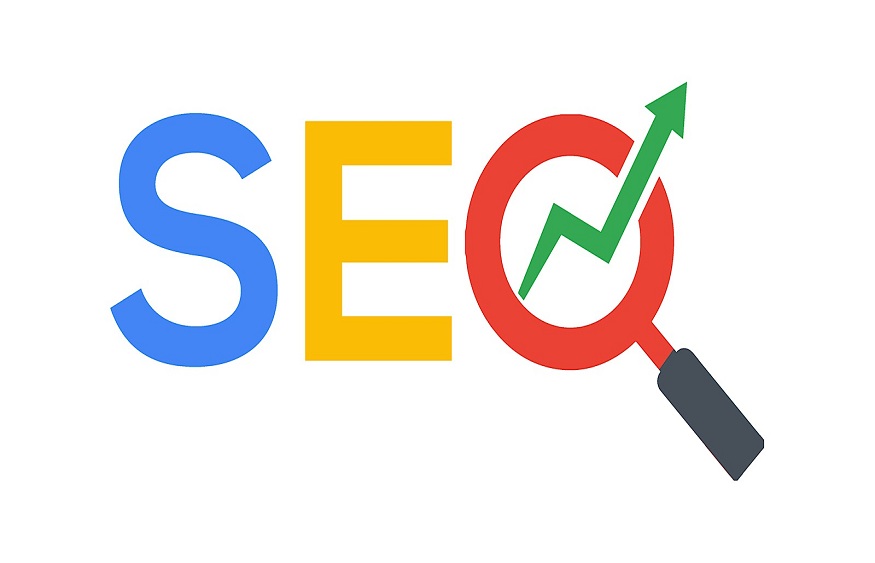When you have a blog and put in place a content strategy , it is important to know how to enrich your publications with several types of media: photos, videos, infographics, etc. But including images on a website is not done just anyhow when you want to rank on search engines.
Indeed, there is a whole battery of SEO optimizations that concern both the user and the bots of Google, Bing, etc. It turns out that a good use and configuration of your illustrations can facilitate the indexing of your web pages , increase your visibility in the SERPs of images , and even improve your relevance with algorithms.
Canva Uplix Single Image Graphic Design
We are therefore going to tell you about the 10 settings to check to optimize the presence of images on your website .
1. Well-contextualized images
The first point may seem obvious, but we often see the error: images that are too far from the content they are supposed to illustrate. More of a UX (User eXperience ) problem than pure SEO, choosing images that add nothing to the subject gives a real impression of an article published “in a hurry”.
Your readers will then tend to check out the competition and your organic traffic will suffer . To enrich your content through illustrations, several axes are possible:
Nota Bene: do not substitute images for well-constructed text , or the algorithms will consider your content to be poor. It is the synergy of the two that will enhance the relevance of your pages.
2. Favor original illustrations
We know that duplicate content does not mix well with search engines. Images are obviously no exception to the rule. While a few duplicate images won’t be enough to knock your page to the bottom of the SERPs, featuring shots or personal edits is a big indicator of quality .
Do not hesitate to call on a professional illustrator if you have the budget: the same graphic style throughout your site gives it a very marked identity, which reinforces the professional side and therefore, by association, the presumed solidity of your expertise.
3. Put a caption if possible
Captioning an image is absolutely not necessary for SEO, but not doing it when you get the chance would be a mistake. Everything is good to enrich its content and refine the contextualization of images . The legend thus allows, depending on the case:
4. Rename all images with keywords
When on a website, the user passes his mouse over an image, a bubble is displayed to display the title . This tag serves as the name of the illustration, and may differ from that of the file.
Normally, your CMS asks you what title you want for your image when uploading it to its media library . Otherwise, you can enter it directly in the HTML code .
integrating terms close to the main keyword (the one on which you want to position yourself);
This simple approach gives the algorithms an additional indication of the consist.ency of your images vis-à-vis your texts, and therefore of the general relevance of your content.
5. Write alt text (the ALT attribute)
Not to be confused with the title of the image, the function of the alt text is to describe it a little more precisely. Its main function is to replace the illustration when it is not displayed, so that the reader knows what information it was.
Of course, this is also useful for Google’s bots to better understand what the image is supposed to represent for the user. In this regard, the text to be inserted can be longer than the title , but should be kept brief. Also, it is important to insert keywords , without losing consistency. Make it clear, precise and close to the main theme of your publication.
6. Choose the right aspect ratio
We now come to the technical considerations. Earlier we talked about the interesting functions of images; it turns out that a format exists for each:
7. Pay attention to image resolution and weight
If the question of the format concerns more the enhancement of the publications, that of the weight and the size will mainly impact the performance of your website (Webperf) , such as the loading time or the delay before a first interaction is possible. on the page when it is opened (see our article on vital web cores on this subject ).
the size of an image corresponds to the actual area it takes up on the screen. It is therefore expressed in cm or in inches with the length * width (it therefore increases when you zoom in);
the definition corresponds to the number of pixels that make up the image. It is expressed in pixels , always through the length * width ( nb: the pixel has no predefined size );
the resolution is the ratio between the size and the pixels : it is what will give a large part of the quality of the image.
In general, when you upload an image, you have to manage its size and quality well, otherwise it would lack visibility. Two constraints then arise:


